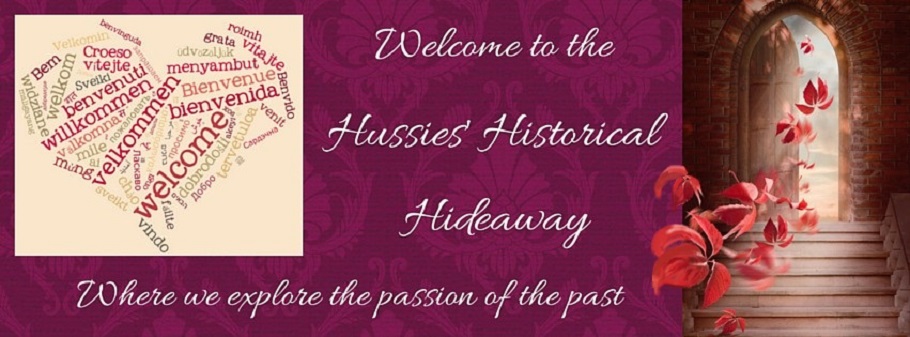 One of the abiding images of Regency life (alongside that of the Prince Regent’s waistline expanding to match the domes at the Pavilion) is of anxiously scheming mamas and of fathers sighing over the dressmaker’s bills as their daughters entered the polite shark-pool that was the Marriage Mart.
One of the abiding images of Regency life (alongside that of the Prince Regent’s waistline expanding to match the domes at the Pavilion) is of anxiously scheming mamas and of fathers sighing over the dressmaker’s bills as their daughters entered the polite shark-pool that was the Marriage Mart.To obtain vouchers for Almack’s was the pinnacle of ambition of course, but what if you couldn’t afford a Season in London? How were you to find an eligible husband for the girls? The answer was your closest market town with its modest theatre and, most importantly, its Assembly Rooms.
Sometimes these were purpose-built, sometimes the town’s largest inn would have a room of sufficient size to host dances. It is not clear which variety was the setting for the ball at which Miss Elizabeth Bennet was so comprehensively snubbed by Mr Darcy but the room obviously had plenty of space for seating the young ladies who, like Elizabeth “…had been obliged to sit down for two dances…” due to a shortage of gentlemen.
Dancing was not always an elegant and refined affair. Many of the measures were country tunes and ladies could find themselves quite overcome by the heat and effort as this delightful drawing of 1816 above shows.
Balls would be held on moonlit nights so that carriages from the surrounding countryside could travel safely, although if they came from any great distance they would probably put up at a respectable local inn or stay with friends or relatives in the town. Longbourn was obviously close enough for the Bennets to make the return journey that evening and in time to find Mr Bennet still up, reading in his study.
I was in Swaffham, a busy little Norfolk market town, the other day. Usually we drive straight through on our way towards London, but this time we stopped and explored and I realised there was much more to it than I had realised – it has been called the finest predominantly Regency town in East Anglia. This part of Norfolk in the 18th and early 19thc was one of the richest in England, a wealth built on agriculture and trade by sea, river and road into London. Grain, cattle and poultry all grew abundantly and it was from this area that thousands of turkeys and geese, their feet protected by “boots” of tar, were walked into London in time for Christmas.

As a result the local gentry had money to patronise assemblies, routs, theatre performances and shops; they had daughters to marry off and now they had good roads and well-sprung carriages to make local travel easy and comfortable.
The streets around Swaffham’s central market square with its elegant rotunda (1781) topped by the goddess Ceres with her sheaf of wheat are as lined with handsome Georgian houses as the floor of the large church is with the flamboyantly carved ledger slabs of the local gentry.
Swaffham had a flourishing theatre which would act as the venue for the travelling players working their circuit around the market towns of East Anglia. In 1806, Lord and Lady Nelson stayed in the town with their daughter Lady Charlotte and Nelson’s mistress, Lady Hamilton and her daughter, Horatia Nelson Thompson. That shocking ménage must have caused a certain twitching of the curtains and thrilling gossip for the local ladies! While they were there they “bespoke” the play She Stoops To Conquer at the local theatre which must have greatly gratified the players. Nowadays there is no sign of the theatre, although Theatre Street remains.
 By 1817 the demand for social events was so great that an Assembly Room was built and it is still there, a sad shadow of it its former self, disfigured by internal alterations in the 1960s and ugly 20thc extensions. It can be seen in the background of the photograph of the market square, the depressed concrete-faced low building behind the market stalls.
By 1817 the demand for social events was so great that an Assembly Room was built and it is still there, a sad shadow of it its former self, disfigured by internal alterations in the 1960s and ugly 20thc extensions. It can be seen in the background of the photograph of the market square, the depressed concrete-faced low building behind the market stalls.As well as the church there is also a large Methodist chapel built in 1813, an indication of the strength of non-conformity in the area if such an imposing building in a prime site could be afforded by the local congregation. At the same time older buildings were being refaced and “modernised”. Then with the agricultural depression of the later 19thc things began to decline. The Assembly Rooms lost their elegance, the theatre vanished, the gentry who could afford it could reach London by train. Now Swaffham is bustling again and the elegant buildings of its Regency heyday are taking on new uses – shops, a museum, even a Russian restaurant!

Do you have a favourite place where it is possible to dig beneath the modern face to find a fascinating history?
Louise Allen
www.louiseallenregency.co.uk





